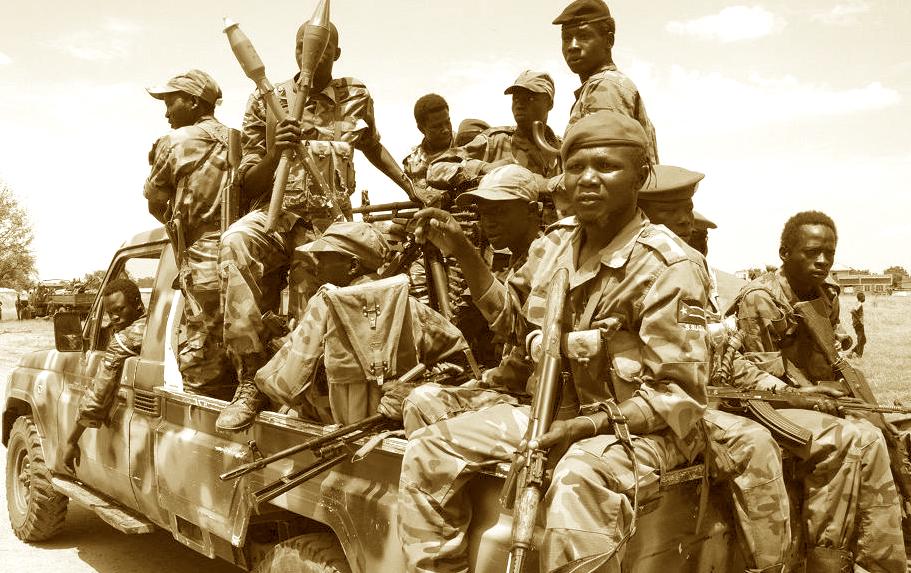Moving away from the current forms of military leadership that has been built on personal allegiance of soldiers with underlying ethnic loyalties, the interests of loosely incorporated local militias.
One of the leading Security Sector Reform issues is the need to reduce the oversized SPLA.

1. The challenges and lessons learned in supporting security sector reform. Security sector reform is often wrongly reduced to “functional capacity building” in the security forces rather than being an element of state-building and an intricate part of reducing security risks for the population and contributing to democratic security governance.
2. SSR is not primarily a technical but a political task. It touches on core issues of division of power, demands close co-operation with local elites, and may require flanking incentives and conditionalities.
3. The medium and long term goal of a democratically controlled security sector also represents the most reliable security guarantee for the population, especially when local actors buy into the processes.
Conventional wisdom holds that integrating former belligerents into a new force can be used to build trust and support the creation of an army of a national character; blending efforts at nation building and practical military reform along with professionalization.
In South Sudan the case of military integration as a peace building tool is proving even more dyer in the contemporary setting. This preferred Kiir approach of negotiating with various armed groups has resulted in a counterproductive cycle of threat and violent rebellion rather than integration and reconciliation.
This approach became most dangerous when the interests of those engaging in this rebellion market coincided with the political designs and fortunes of the most senior leaders (Matthew Leriche 2015).
